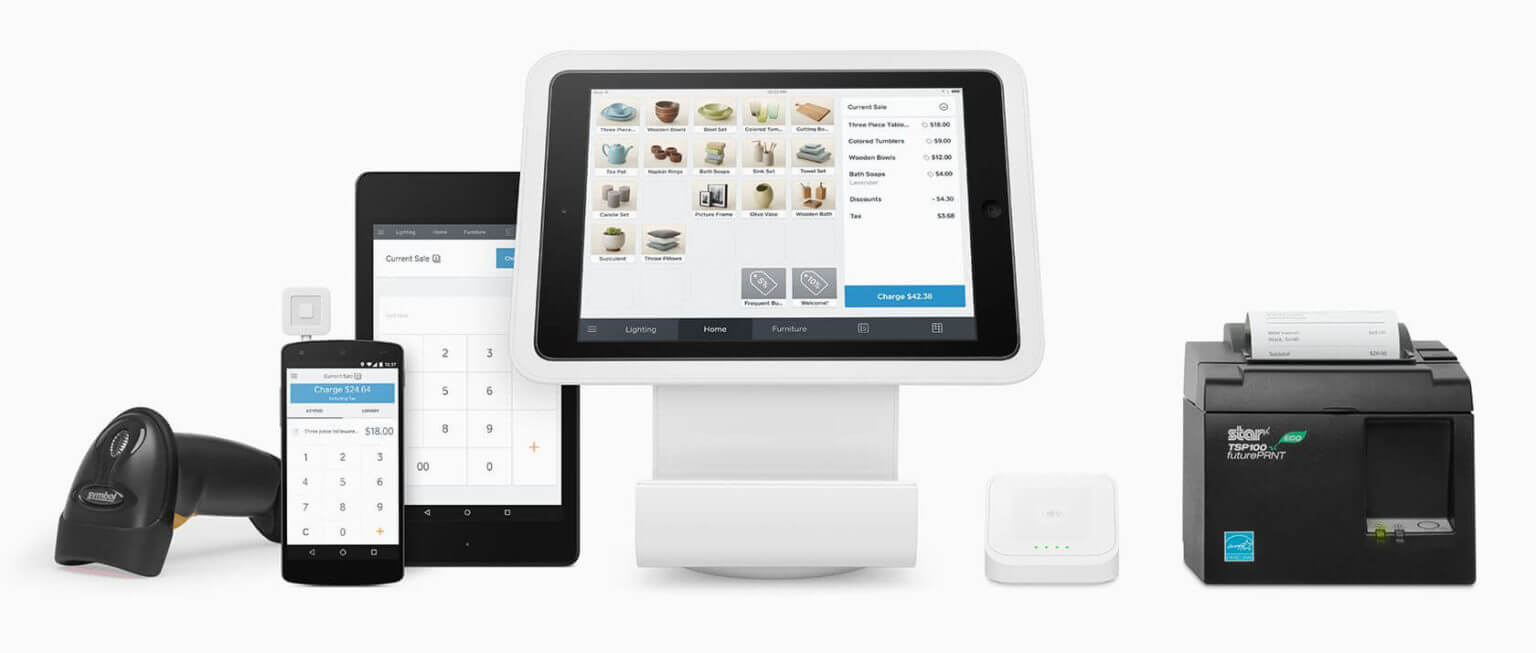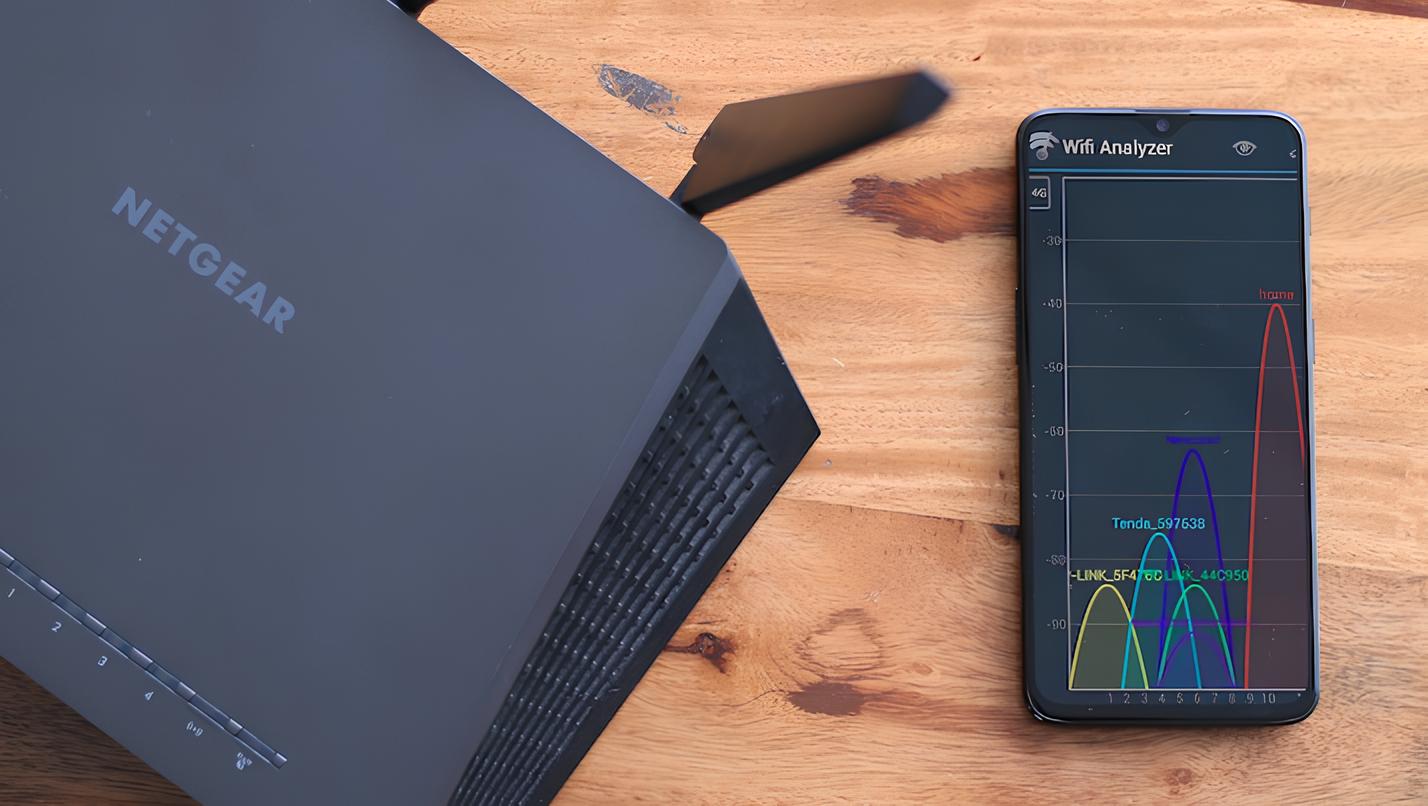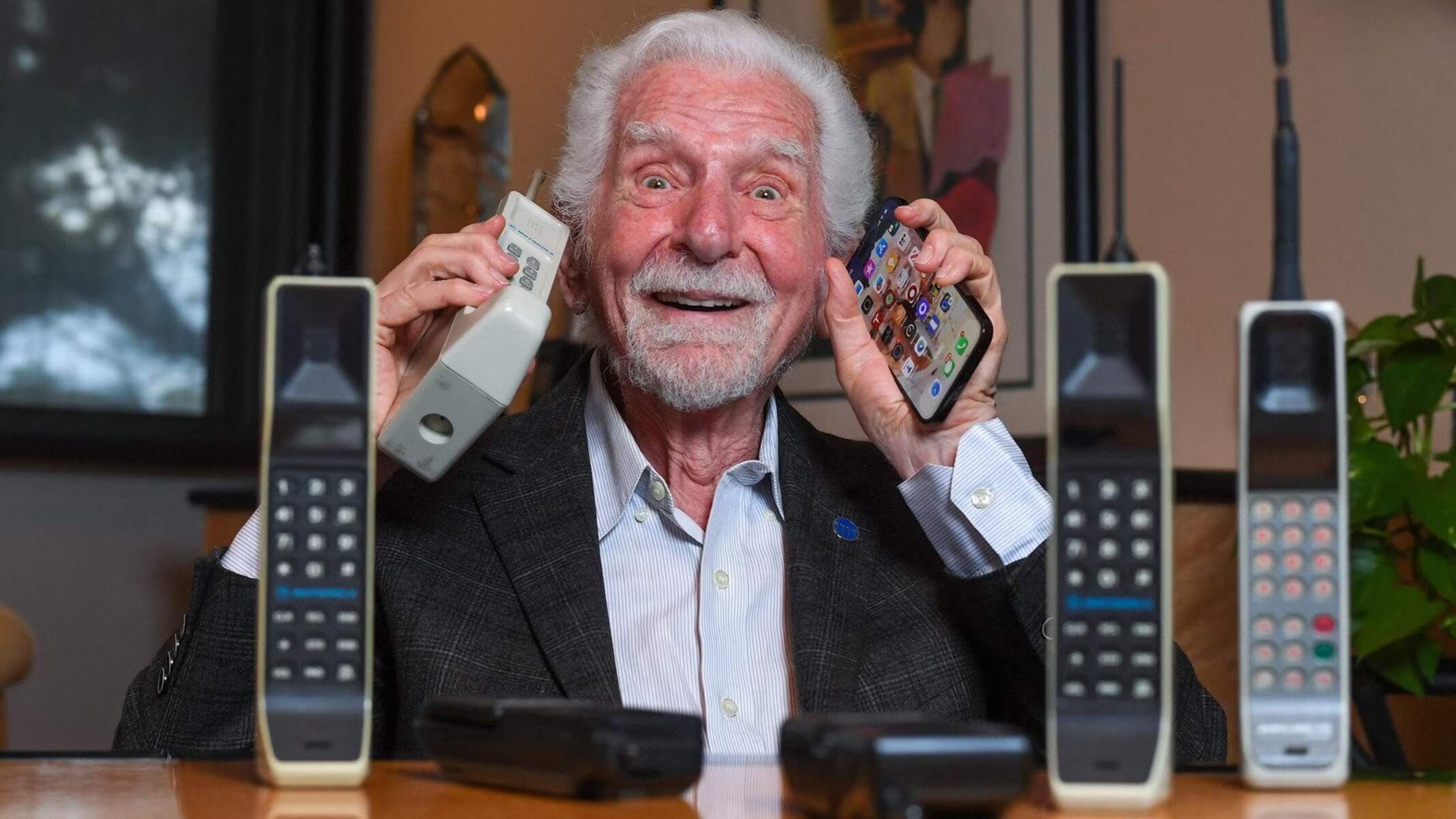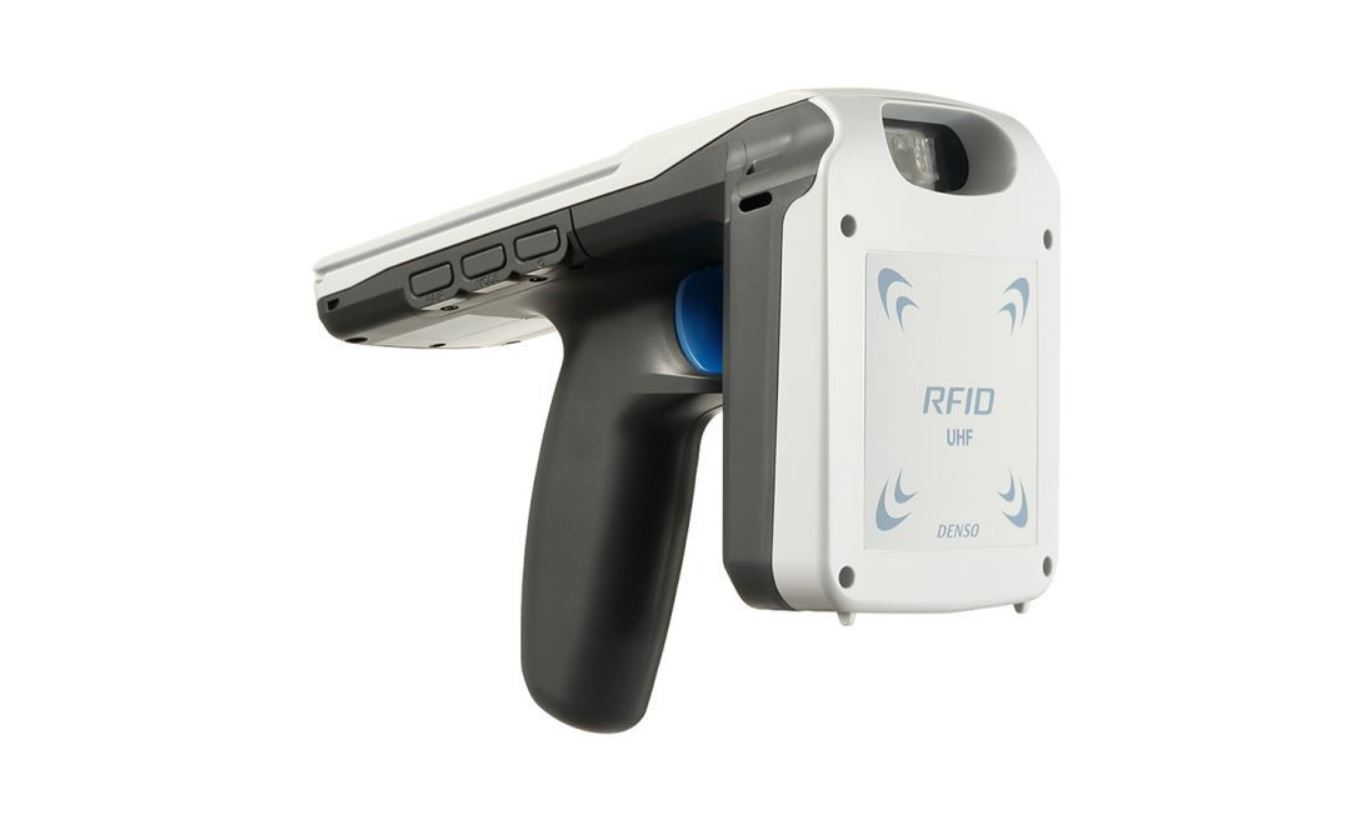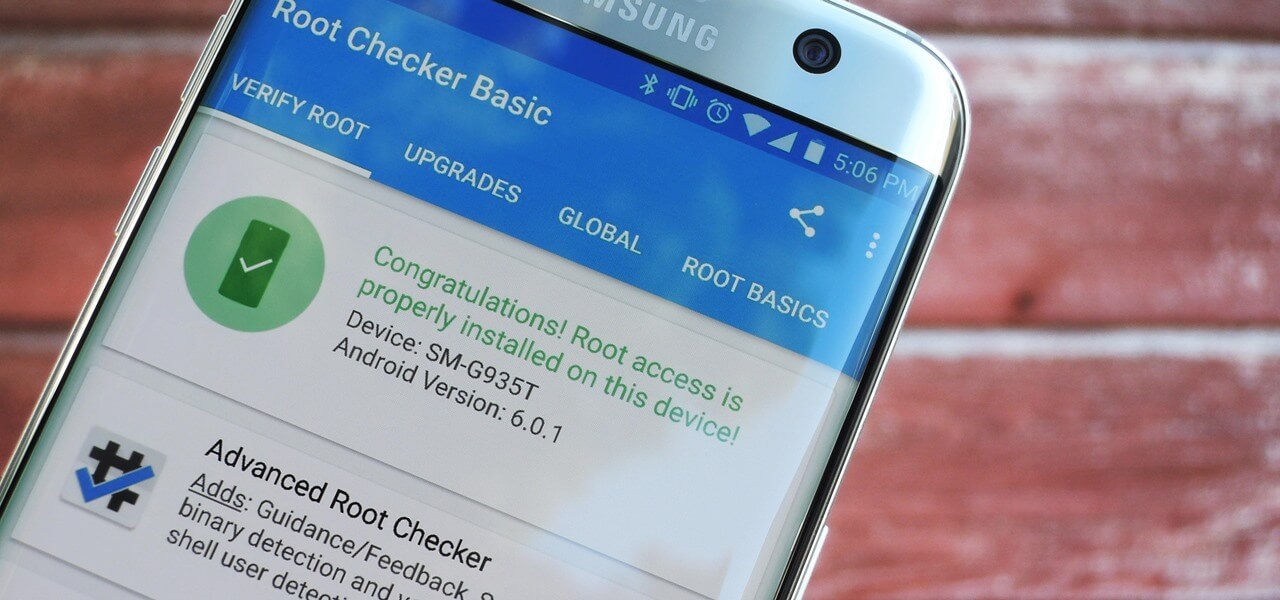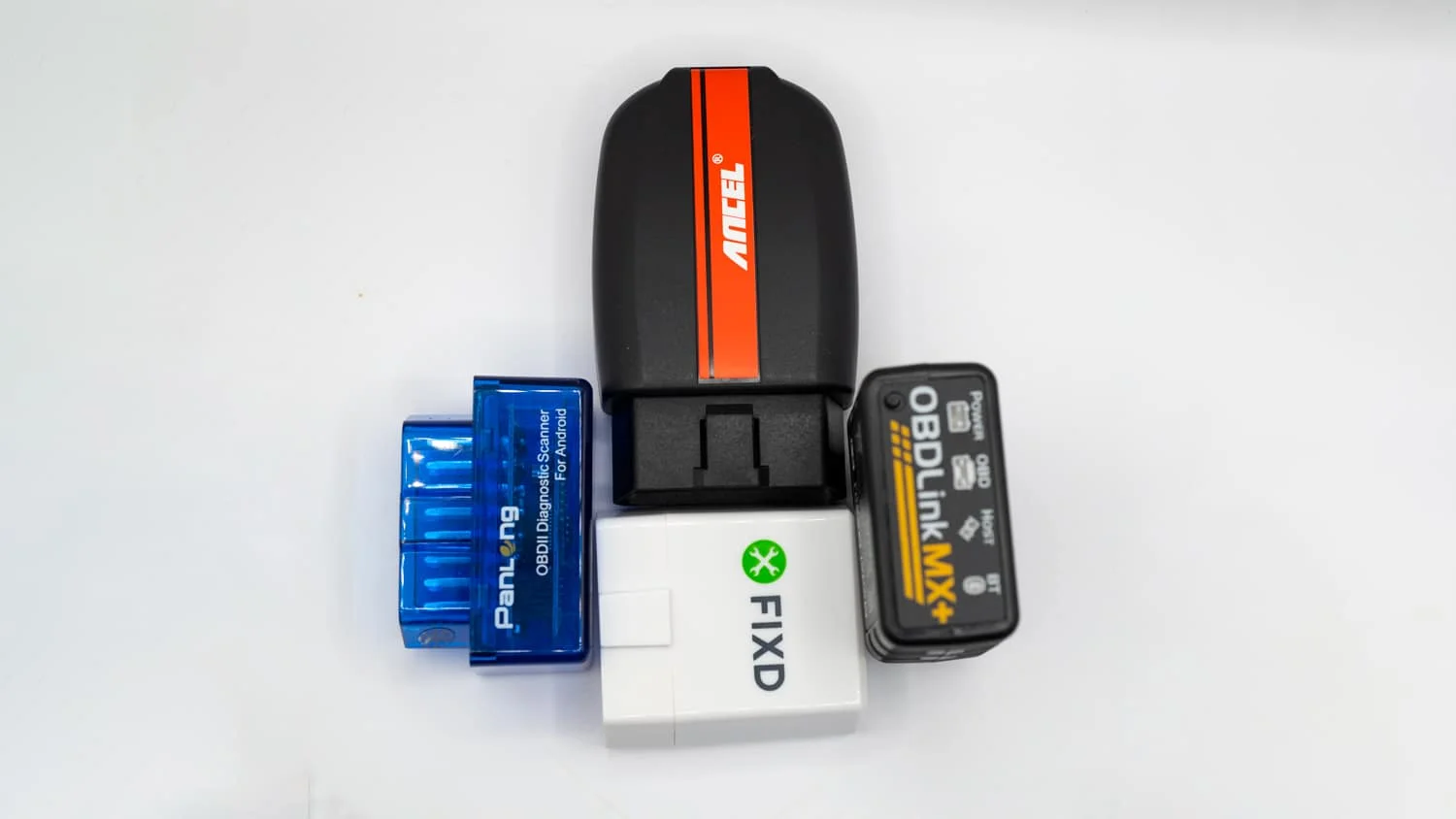Introduction
A Personal Digital Assistant (PDA) and a Smartphone are both portable electronic devices that have transformed the way we live and work. In today’s fast-paced world, staying connected and organized is essential, and these devices offer a convenient solution. However, it is important to note that while they share some similarities, PDAs and Smartphones have distinct differences that set them apart.
PDAs were introduced before the rise of Smartphones and were primarily designed to handle personal information management tasks such as storing contacts, managing calendars, and taking notes. They provided a digital alternative to traditional paper organizers. On the other hand, Smartphones are more advanced devices that combine the functionality of a PDA with the ability to make phone calls, access the internet, and run various applications.
In this article, we will explore the key differences between PDAs and Smartphones, including the operating systems and user interface, connectivity options, multimedia capabilities, productivity features, size and portability, and cost. By understanding these differences, you will be able to make an informed decision when choosing between a PDA and a Smartphone.
Definition of PDA and Smartphone
A Personal Digital Assistant (PDA) is a handheld device that is designed to assist with personal information management tasks. PDAs typically feature a touchscreen interface and are equipped with software applications to manage contacts, calendars, tasks, and notes. They may also include other features like a calculator, alarm clock, and email client. Originally, PDAs did not have the capability to make phone calls, but later models introduced cellular connectivity.
On the other hand, a Smartphone is a mobile device that combines the functionality of a cellphone with the capabilities of a PDA. In addition to making phone calls, Smartphones offer a range of features and applications that enhance productivity and entertainment. They are equipped with advanced operating systems and often have larger screens compared to PDAs. Smartphones also provide access to the internet, allowing users to browse websites, send emails, and use various online services.
While both PDAs and Smartphones serve similar purposes, the key distinction lies in the integration of telephony functionality in Smartphones. This allows users to make voice and video calls, send text messages, and connect to cellular networks. PDAs, on the other hand, require an external communication device, such as a Bluetooth-enabled phone or a Wi-Fi connection, to access internet services or make calls.
Furthermore, Smartphones have evolved to offer a wide range of applications through app stores, allowing users to customize their devices with apps for various purposes like productivity, social media, gaming, and more. PDAs, on the other hand, have a more limited selection of applications and are primarily focused on personal information management.
In summary, while PDAs are dedicated to personal information management, Smartphones are a more versatile and feature-rich device that combines the functions of a cellphone with PDA capabilities. The integration of telephony and advanced operating systems make Smartphones the go-to choice for those seeking a device that can handle communication, productivity, and entertainment needs all in one.
Key Differences Between PDA and Smartphone
While PDAs and Smartphones share similarities in terms of their purpose to assist with personal information management, there are several key differences that set them apart. These differences include the operating systems and user interface, connectivity options, multimedia capabilities, productivity features, size and portability, and cost.
Firstly, PDAs and Smartphones often differ in terms of their operating systems. PDAs typically use a simplified operating system specifically designed for personal information management tasks. They may run on proprietary software or less advanced operating systems compared to Smartphones. On the other hand, Smartphones are equipped with advanced operating systems like Android, iOS, or Windows Mobile, which offer a wide range of features and app compatibility.
The user interface is another notable difference between PDAs and Smartphones. PDAs often feature a stylus or touch-based input, with a focus on handwriting recognition and data entry. On the contrary, Smartphones prioritize touchscreen input, with intuitive gestures for navigation and a more user-friendly experience overall.
In terms of connectivity options, Smartphones have an advantage over PDAs. Smartphones are equipped with built-in cellular connectivity, allowing users to make calls, send text messages, and access mobile data networks. PDAs, on the other hand, require additional devices or connections, such as Bluetooth or Wi-Fi, to access the internet or make calls.
Regarding multimedia capabilities, Smartphones generally offer a more extensive range of features. They often have advanced cameras, music and video playback capabilities, and support for a variety of multimedia formats. PDAs, while they may have basic multimedia capabilities, are generally not as advanced in this aspect.
When it comes to productivity features, Smartphones outshine PDAs with their ability to run a wide array of productivity applications. Smartphones offer access to app stores where users can download apps for email, document editing, project management, and more. While PDAs may have some productivity features, their capabilities are more limited compared to Smartphones.
In terms of size and portability, PDAs are typically smaller and more compact compared to Smartphones. PDAs were designed with the aim of providing a lightweight and portable device for personal information management. Smartphones, with their integrated telephony features, are slightly larger and offer a bigger screen for enhanced multimedia and app usage.
Finally, the cost is an important consideration when comparing PDAs and Smartphones. PDAs, being more focused on personal information management, tend to be more affordable compared to Smartphones, which have a wider range of features and capabilities.
In summary, while both PDAs and Smartphones serve similar purposes, there are several key differences that set them apart. Smartphones offer advanced operating systems, cellular connectivity, extensive multimedia capabilities, a wide range of productivity features, and are slightly larger in size. On the other hand, PDAs are more compact, focused on personal information management, and generally more affordable. Understanding these differences will help you choose the device that best suits your needs and preferences.
Operating Systems and User Interface
One of the key differences between PDAs and Smartphones lies in the operating systems they use and the user interface they offer. Operating systems play a crucial role in the functionality and compatibility of the devices, while the user interface determines how users interact with and navigate through the device.
PDAs typically use proprietary or specialized operating systems that are specifically designed for personal information management tasks. These operating systems are often simple and streamlined, focusing on essential functions like managing contacts, calendars, tasks, and notes. Examples of operating systems used in PDAs include Palm OS, Pocket PC, and BlackBerry OS.
In contrast, Smartphones are equipped with more advanced and versatile operating systems such as Android, iOS, or Windows Mobile. These operating systems offer a wide range of features and capabilities beyond personal information management. They provide app compatibility, multi-tasking capabilities, access to app stores, and seamless integration with various online services.
When it comes to the user interface, PDAs traditionally relied on stylus input and handwriting recognition technology. The primary means of interacting with a PDA involved using a stylus to tap on the touchscreen display and input information by writing on the screen. While this method of input allowed for precise control, it also required users to familiarize themselves with handwriting recognition systems and special gestures.
Smartphones, on the other hand, have shifted to a more user-friendly and intuitive touchscreen interface. The prevalence of capacitive touchscreens allows users to navigate and interact with the device using their fingers, eliminating the need for a stylus. Smartphones typically have larger and more responsive screens, allowing for easier and more natural gesture-based navigation, such as swiping, tapping, and pinching.
In addition to the touchscreen interface, Smartphones also incorporate other input methods like virtual keyboards for text input and voice commands for hands-free operation. The user interface design of Smartphones focuses on providing an immersive and visually appealing experience, with intuitive icons and menu structures to make navigation and app access more convenient for users.
In summary, PDAs and Smartphones differ in terms of the operating systems they use and the user interface they offer. PDAs typically operate on simplified and specialized operating systems geared towards managing personal information. They rely on stylus input and handwriting recognition technology. In contrast, Smartphones utilize more advanced and versatile operating systems, providing a range of features and app compatibility. Smartphones have embraced a more user-friendly and intuitive touchscreen interface, incorporating gestures, virtual keyboards, and voice commands for seamless interaction. Understanding these differences in operating systems and user interface will help you choose the device that aligns with your preferences and needs.
Connectivity Options
Connectivity is another important aspect that differentiates PDAs from Smartphones. While both devices offer the ability to connect to various networks and devices, there are notable differences in the connectivity options they provide.
PDAs typically rely on external connections to access the internet or make phone calls. They often come equipped with Wi-Fi capabilities, allowing users to connect to local wireless networks for internet access. PDAs can also utilize Bluetooth technology to wirelessly connect to compatible devices such as phones, computers, or printers for data transfer or synchronization.
When it comes to phone calls, PDAs generally require an external device such as a Bluetooth-enabled phone or a cellular data card for voice communication. This means that while PDAs can access internet services and utilize some communication features, they do not have integrated cellular connectivity on their own.
On the other hand, Smartphones are designed to be mobile communication devices that offer built-in cellular connectivity. They support voice calls, text messaging, and data transmissions using cellular networks. Smartphones are equipped with SIM cards, allowing users to insert a phone number and connect directly to a mobile network without the need for external devices.
In addition to cellular connectivity, Smartphones also offer Wi-Fi and Bluetooth capabilities, similar to PDAs. This means that they can connect to wireless networks for internet access and connect to other devices for data transfer or synchronization. The inclusion of these multiple connectivity options makes Smartphones more versatile and convenient for staying connected in various situations.
Another connectivity option offered by Smartphones is the ability to access mobile data networks. This allows users to connect to the internet on the go, even when Wi-Fi networks are not available. Smartphones support different generations of mobile data technology, such as 3G, 4G, and 5G, offering faster internet speeds and improved network coverage.
Overall, Smartphones provide more comprehensive connectivity options compared to PDAs. While PDAs rely on external connections for internet access and phone calls, Smartphones have integrated cellular connectivity, allowing direct access to communication services. Additionally, Smartphones support Wi-Fi and Bluetooth, making them more versatile in terms of connecting to networks and other devices. Understanding these connectivity differences will help you determine which device best suits your communication and connectivity needs.
Multimedia Capabilities
When comparing PDAs and Smartphones, one significant difference lies in their multimedia capabilities. As technology has advanced, Smartphones have evolved to offer a wider range of multimedia features, while PDAs have typically focused more on personal information management.
Smartphones are equipped with advanced camera systems, allowing users to capture high-quality photos and videos. They often include additional features like image stabilization, autofocus, and various shooting modes. The integration of social media apps on Smartphones also makes it easy to share multimedia content directly from the device, enhancing the overall photography and videography experience.
In terms of multimedia playback, Smartphones provide extensive support for various media formats. They can play music, podcasts, and audiobooks, and are often equipped with music player apps that offer customizable playlists, equalizer settings, and streaming capabilities. Many Smartphones also have a video player app that can handle a wide range of video formats, ensuring that users can enjoy their favorite movies, TV shows, and other video content on the go.
Furthermore, Smartphones provide access to a variety of streaming services, allowing users to listen to music and watch videos from popular platforms like Spotify, Apple Music, YouTube, and Netflix. This ability to stream content directly on a Smartphone greatly enhances the multimedia experience and provides users with a wide range of entertainment options wherever they go.
PDAs, on the other hand, generally have more limited multimedia capabilities compared to Smartphones. While they may include basic multimedia features like a photo viewer and a simple music player, their focus tends to be more on personal information management rather than entertainment. PDAs may lack high-quality cameras, advanced media playback capabilities, and the ability to access streaming services.
However, it is important to note that the multimedia capabilities of PDAs and Smartphones can vary depending on the specific model and brand. Some high-end PDAs may offer better multimedia features, while some entry-level Smartphones may have more limited capabilities.
In summary, Smartphones have significantly advanced multimedia capabilities compared to PDAs. They offer better camera systems, support for various media formats, access to streaming services, and provide a more immersive multimedia experience overall. While PDAs may have basic multimedia features, they usually do not match the extensive capabilities of Smartphones. Understanding these differences will help you choose the device that aligns with your multimedia needs and preferences.
Productivity Features
Productivity features are an essential aspect to consider when comparing PDAs and Smartphones. Both devices are designed to assist users with organizing their tasks, managing their schedules, and boosting overall productivity. However, Smartphones tend to offer a more extensive range of productivity features compared to PDAs.
Smartphones provide access to a wide array of productivity apps through app stores, allowing users to enhance their efficiency and workflow. These apps include email clients, calendar and reminder apps, note-taking apps, document editors, project management tools, and more. Smartphones often support seamless integration with popular productivity suites like Microsoft Office or Google Workspace, enabling users to work on documents, spreadsheets, and presentations directly on their devices.
In addition to productivity apps, Smartphones offer features like voice assistants that provide hands-free assistance and voice commands for tasks such as setting reminders, sending messages, making calls, and searching the web. This allows users to stay organized and productive without having to type or manually operate their devices.
Smartphones also excel in communication and collaboration features. With the ability to make phone calls, send text messages, and access various messaging apps, Smartphones provide a convenient means of communication. They enable users to stay connected with colleagues, clients, and team members for work-related discussions and collaboration.
PDAs, on the other hand, typically offer more limited productivity features compared to Smartphones. While they may have basic apps for tasks like managing contacts, calendars, and notes, their focus is primarily on personal information management rather than providing a wider range of productivity tools. PDAs may lack the extensive app selection and advanced functionality found in Smartphones.
However, it is worth mentioning that there are still PDA-like devices known as PDAphones or enterprise handhelds that offer enhanced productivity features. These devices combine the functionality of PDAs with more advanced communication and productivity capabilities, catering specifically to business professionals who require robust productivity tools on the go.
Ultimately, when it comes to productivity features, Smartphones offer a more comprehensive and versatile range of options. Their integration with app stores, access to productivity suites, voice assistance, and seamless communication make them highly effective in enhancing productivity and streamlining workflows. PDAs, while they may have some useful productivity features, generally do not match the extensive capabilities provided by Smartphones.
Understanding these productivity feature differences will help you determine which device better suits your productivity needs and enhances your efficiency.
Size and Portability
When it comes to size and portability, there are noticeable differences between PDAs and Smartphones. Both devices aim to provide a portable solution for users, but their designs and form factors vary.
PDAs are typically more compact and lightweight compared to Smartphones. They were initially designed to be handheld personal information management devices, so their size and form factor reflect this purpose. PDAs are often smaller in size, fitting comfortably in the palm of the hand or pocket, making them highly portable and easy to carry around.
On the other hand, Smartphones have evolved to offer a larger and more immersive experience with features like bigger screens and better multimedia capabilities. The increased screen size, combined with additional components like cellular radios and batteries, means that Smartphones are slightly larger and may be less compact compared to PDAs.
However, it is important to note that Smartphones have also become thinner and more lightweight over time, making them highly portable as well. Manufacturers have made significant advancements in materials and design techniques to reduce the weight and size of smartphones without sacrificing performance.
Despite the slight differences in size and portability, both PDAs and Smartphones are designed to be easily carried and used on the go. They are small enough to fit into a bag, purse, or pocket, ensuring that users can have their devices readily accessible when needed.
Another factor to consider in terms of portability is the battery life of the device. PDAs, being more focused on personal information management, typically have longer battery life compared to Smartphones. This is because PDAs primarily perform tasks that require less power consumption, such as note-taking, calendar management, and contact organization. Smartphones, with their advanced features and constant connectivity, tend to have shorter battery life as they are required to handle more demanding tasks, including running apps, streaming media, and accessing the internet.
In summary, PDAs are generally smaller and more compact compared to Smartphones, as they were originally designed to be handheld personal information management devices. However, advancements in smartphone design have made them increasingly portable despite their larger screens and additional functionality. Both PDAs and Smartphones offer the convenience of portability, allowing users to carry their devices with ease wherever they go.
Cost
Cost is an important consideration when comparing PDAs and Smartphones. Both devices come with varying price ranges depending on their features, specifications, and brands.
PDAs, being more focused on personal information management and having limited functionality compared to Smartphones, tend to be more affordable. They are typically priced lower than Smartphones because they offer a narrower range of features and capabilities. PDAs are often targeted towards users who prioritize basic functionality and require a device primarily for personal information management tasks.
On the other hand, Smartphones, with their advanced features, extensive capabilities, and integrated telephony functions, are generally priced higher than PDAs. The additional features such as cellular connectivity, high-quality cameras, multimedia playback, app compatibility, and access to app stores contribute to the higher price range of Smartphones.
It is important to note that the price of both PDAs and Smartphones can vary greatly depending on the brand, model, specifications, and available features. High-end smartphones with the latest technology and advanced specifications may come with a premium price tag, while entry-level smartphones or budget-friendly options can be more affordable.
In addition to the upfront cost, it is important to consider other factors that can affect the overall cost of owning these devices. For example, monthly data plans or subscription fees for cellular connectivity are typically associated with Smartphones. These ongoing expenses should be factored into the total cost of ownership when considering a Smartphone.
Furthermore, the cost of accessories and add-ons such as protective cases, screen protectors, extra batteries, or charging docks should be considered when evaluating the overall cost of using a PDA or Smartphone.
In summary, PDAs are generally more affordable compared to Smartphones due to their limited functionality and focus on personal information management. Smartphones, with their advanced features and integrated telephony functions, come with a higher price range. However, it is important to consider that the price can vary significantly depending on the brand, model, specifications, and available features of the device in question. Consideration should also be given to ongoing expenses such as data plans and additional accessories when calculating the overall cost of owning and using a PDA or Smartphone.
Conclusion
PDAs and Smartphones have significantly impacted the way we manage information and stay connected in our daily lives. While they share similarities in terms of their portability and personal organization features, there are distinct differences that set them apart.
PDAs, with their focus on personal information management, offer compact size, simplified operating systems, and basic productivity features. They are a suitable choice for individuals who prioritize organization and simplicity in managing their personal information.
On the other hand, Smartphones provide a more comprehensive and versatile experience. With advanced operating systems, built-in telephony capabilities, extensive connectivity options, and a wide range of productivity and multimedia features, Smartphones offer a one-stop solution for communication, organization, and entertainment needs.
When making a decision between a PDA and a Smartphone, it is important to consider your specific needs, preferences, and budget. PDAs may be a more cost-effective choice for individuals who primarily require basic personal information management and do not require extensive connectivity options or advanced multimedia capabilities.
Smartphones, with their greater versatility and functionality, are a better choice for those who prioritize seamless communication, app compatibility, advanced multimedia features, and a wide range of productivity tools. They offer the convenience of built-in cellular connectivity, access to app stores, and integration with popular productivity suites.
Ultimately, the decision between a PDA and a Smartphone will depend on the specific requirements of the user. Assessing your needs, considering the available features, and weighing the cost-effectiveness will help determine the device that suits your lifestyle and enhances your productivity and connectivity.
Whether you choose a PDA or a Smartphone, both devices have revolutionized personal organization, communication, and productivity, making our lives more efficient and convenient in this digital age.










